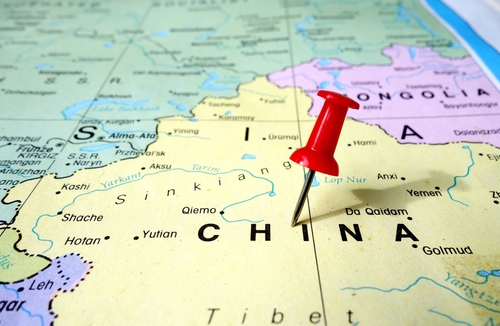Britannia P&I Club presents key actions for safely transiting high collision risk areas, in view of the high collision risk with fishing vessels expected after Chinese fishing ban ends in South and East China Seas, Yellow Sea, and Bohai Sea.
According to the Club, the Ministry of Agriculture and Rural Affairs of China (MOA) has announced that the annual fishing ban will end on 16 August for the South China Sea, on 1 September for the Bohai Sea and Yellow Sea, and on 15 September for the East China Sea. After the ban lifts, these areas experience the highest density of fishing boats.
As Britannia highlights, Master and watchkeeping officers should navigate cautiously due to the expected high traffic density of fishing boats. Considering this, the Club suggests the following measures:
- Conduct a thorough voyage risk assessment
- Consider fishing grounds in voyage planning: Account for the spatial distribution of fishing grounds when planning your voyage
- Bridge team meetings: Hold bridge team meetings before entering these areas to discuss expected high fishing density, identification of different types of fishing vessels, their lights, shapes, and nets
- Increase watch levels: Enhance watchkeeping vigilance in these areas
- Inspect navigation and communication equipment: Ensure all equipment is thoroughly inspected and tested
- Optimise radar use: Properly tune, adjust and select the appropriate range scale for radars
- Test steering and propulsion systems: Ensure these systems are tested and ready for immediate use
- Engage hand steering: Switch to hand steering well in advance when approaching clusters of fishing vessels
- Main engines on manoeuvring RPM: Ensure the main engines are on manoeuvring RPM
- Avoid fishing vessel clusters: Maintain a wide margin to avoid clusters of fishing vessels whenever possible
- Strict compliance with COLREGs: Adhere strictly to the International Regulations for Preventing Collisions at Sea
- Navigate with due regard: When navigating amid a large number of fishing vessels, give due regard to other merchant ships manoeuvring to avoid them, so as not to create a risk of collision with those ships
- Vigilant watchkeeping: Monitor for any developing collision risks with fishing vessels, and track their movements as they may change course or speed suddenly
- Clear communication: Ensure clear communication between the bridge team, including master, officer of the watch and look outs
- Use sound signals in restricted visibility
- Master’s night orders: The master’s night orders should clearly state the expected fishing traffic density and provide instructions on when to call the master to the bridge
- Signals to attract attention: Use rapid flashing of an Aldis lamp or rapid blasts of a ship’s whistle to alert fishing vessels to the ship’s presence and proximity
- Watch changeovers: Allow time for new watchkeepers to familiarise themselves with the surrounding fishing traffic, and hand over the watch only after completing any ongoing manoeuvres necessary to avoid a collision
- Avoid hitting the side in a collision: If a collision is unavoidable, try to avoid striking the side of the fishing boat with the bow.
Furthermore, China MSA has issued Guidelines for the Prevention of Collisions between Merchant Vessels and Fishing Vessels that identify 38 sea areas designated as high-risk precaution zones for collisions. The guidelines can be found here.






























































